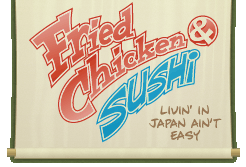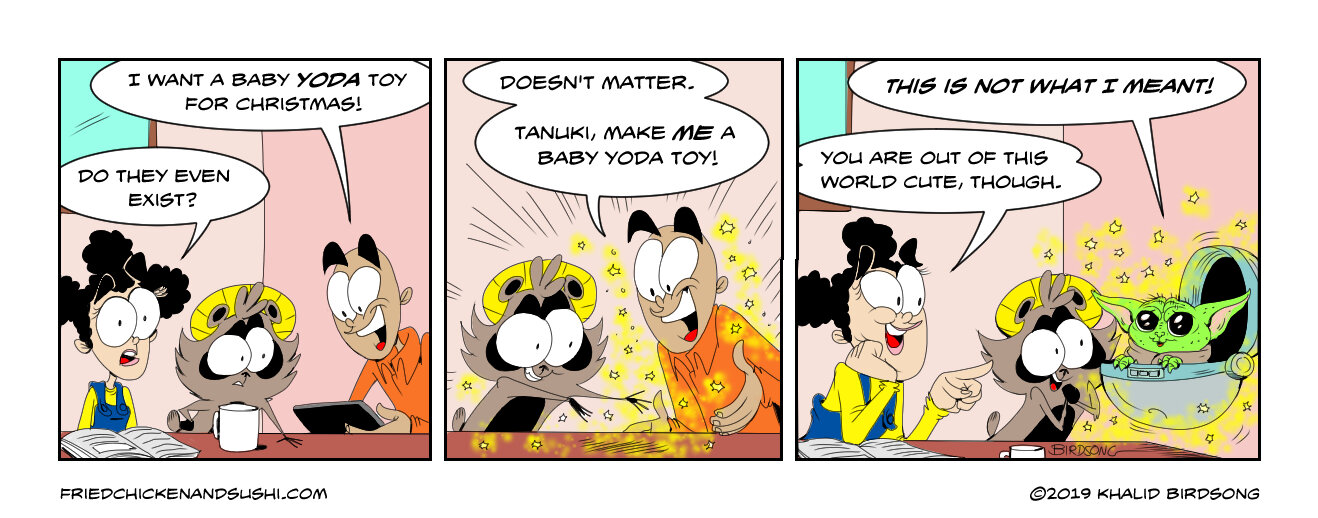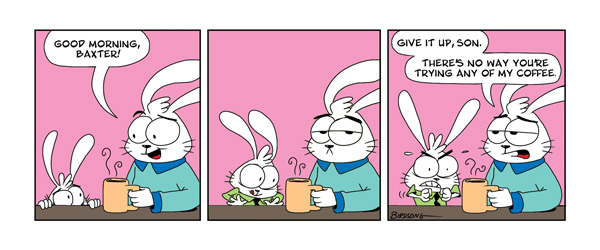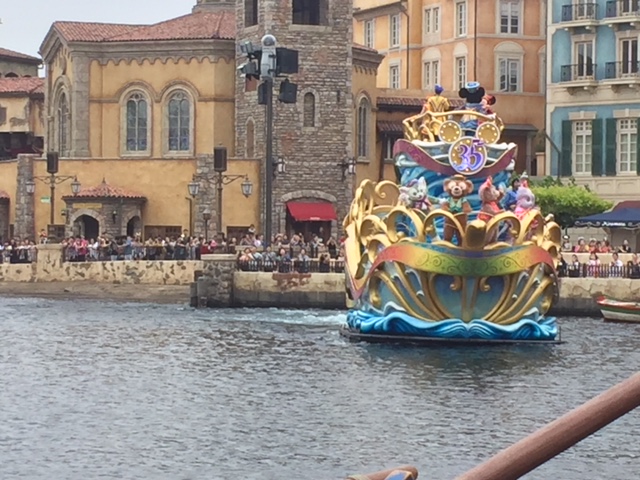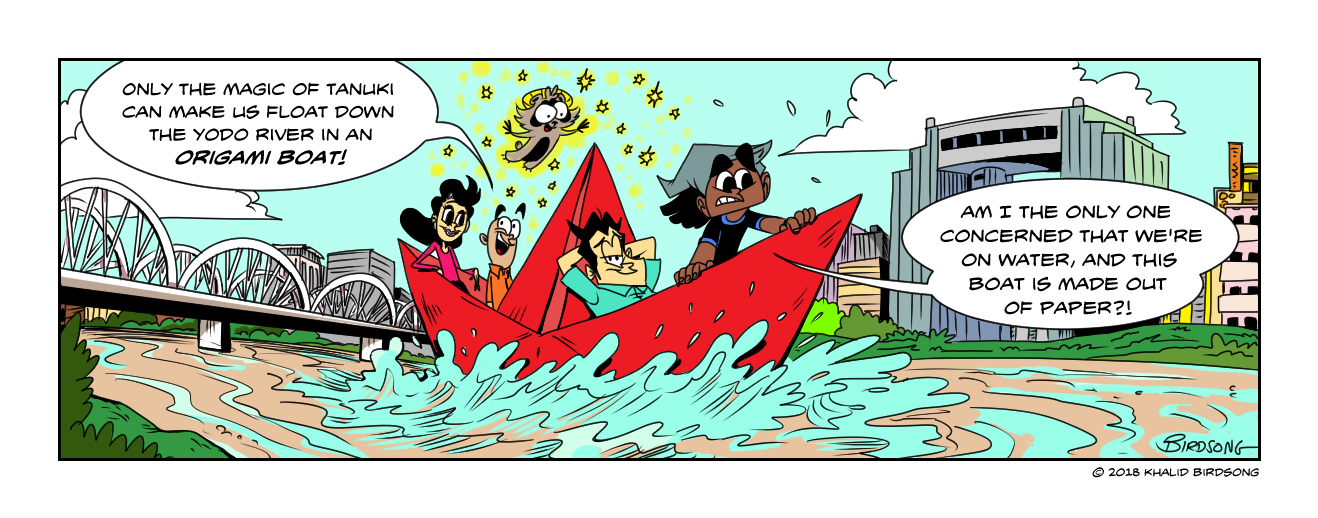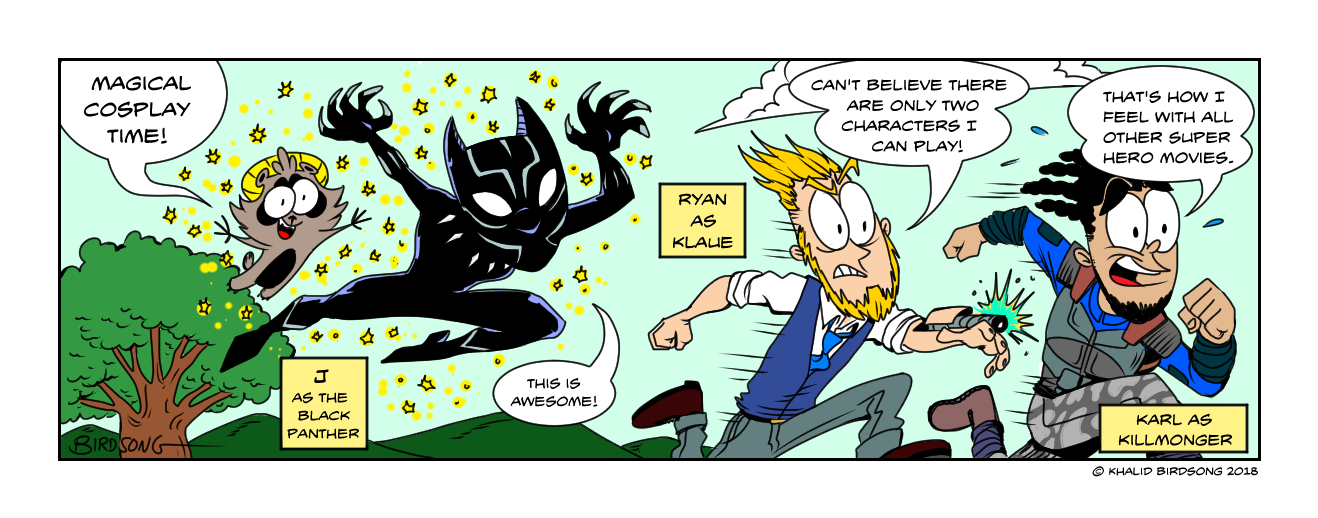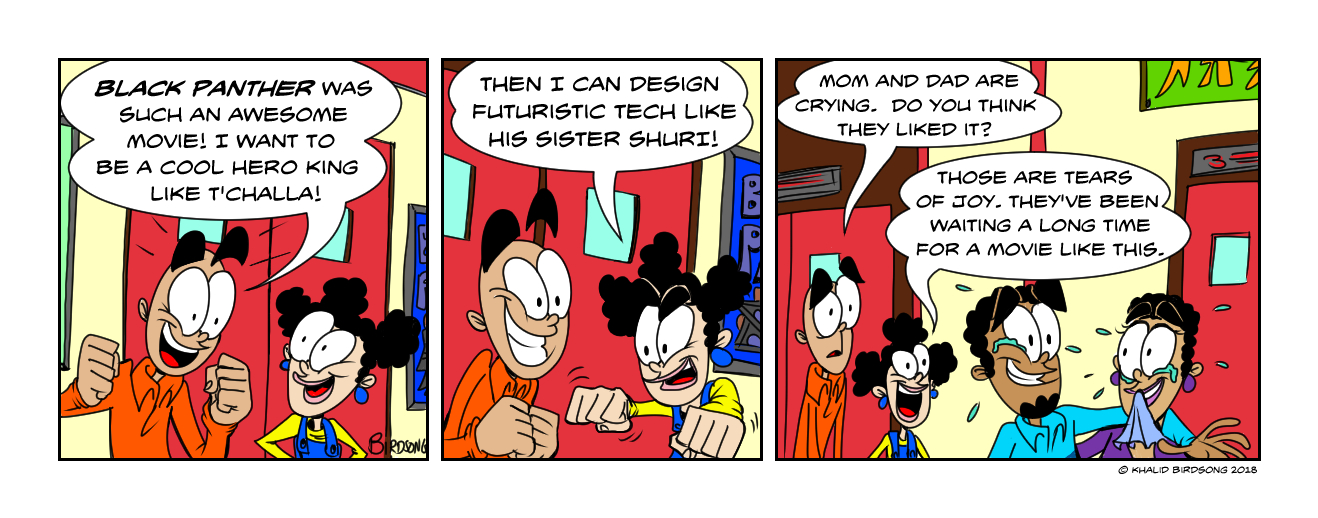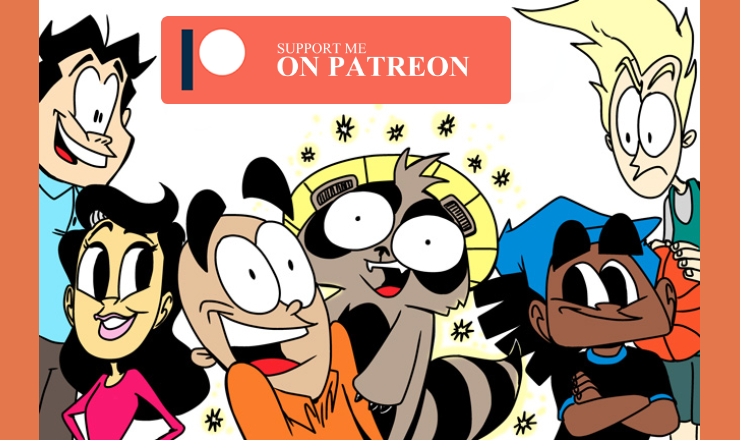Is Talking Openly About the Black Experience Risky?
/I was afraid to post this comic strip, but I knew it had to be said. America is a dangerous and downright scary place for Black people. Even though no area you live in is perfect, there are some countries and even cities where you can feel more like yourself.
I found Osaka, Japan, to be one of those places for me. If you travel enough, you’ll find yours. Is it acceptable, however, for me to talk about racism in a cute family comic strip intended to make you laugh?
I lived in Japan for two years teaching English, but now I live in the U.S. and visit Japan every year. Making a point to soak up the peace and experience the culture. Don’t get me wrong, there are aspects I love about my home country.
Let’s be real, though, it’s tough on black folks in the states. The fear of racism and police brutality makes everyday life feel scary when you’re doing just about anything.
I think it’s important to address racism and perception in comic form and get people thinking. Even if the humor just makes you uncomfortable. As a Black man, my work wouldn’t feel authentic without it. The character, J, in this strip, is communicating how I feel while living in or visiting Japan as a Black man.
Free to be me.
Even though it’s told from a child’s point of view in this strip, the sentiment comes from my raw emotions and frustrations. But I was nervous about posting it and almost didn’t. You want to know why?
I was concerned about hurting white people’s feelings.
The comics and articles I create are not made to upset anyone but give my perspective, as a Black man, on the world and how I see things. In the past, after posting a series of lighthearted comics and then suddenly putting a strip out stating America isn’t a perfect union, mainly white people get upset.
It’s like they can’t handle the truth. Could it be certain white folks think I don’t have a right to express my frustrations and concerns over how people of color are treated in America? Like I can’t talk about my people and our struggles through an art form I love. Maybe, I should just stick to the silly jokes.
I know, free speech works both ways. If I can say what I feel in my work, people should have the freedom to comment on it. Yes, but when you do, please pay attention to your privilege.
Are you trying to tell me I’m wrong for how I feel? If you think my comics are now “complete garbage” from one comic strip and you can’t read them anymore. Why? Are there deeply held beliefs that need changing, lurking deep inside you? When you read through my archives, plenty of previous Fried Chicken and Sushi comics tackled racism and prejudice concerning people who are different.
White people get to choose what they believe about racism even though they haven’t experienced it directly. Being a part of the majority, they get to say ridiculous things in the comments of my comics. Like, “This is racist.” or an insult dressed up as a compliment, “I don’t see color” (please see my color, I happen to love it) or “Racism doesn’t exist in America anymore.” Does anyone really believe that?
Black people have to live with and take the blows associated with racism daily. Just because you aren’t seeing racist acts in your neighborhood or workplace, doesn’t mean they don’t exist.
I like showing that we all have other choices of places to live in the world. The truth is, it ain’t easy traveling abroad either. Finding work that pays enough to live on, and securing a way to stay there for many years — like getting your visa sponsored by an employer or becoming a permanent resident. But it is possible if you want it bad enough.
Notably, in Asia. You will deal with prejudice and ignorance about your race, especially if you’re Black. Still, the lack of fear and hate over your skin color brought on by systemic racism makes up for it.
The freedom that comes from living in a country like Japan — not built on the backs of free labor from African slaves — feels exhilarating. People see you as a person, a very different person than them for sure, but not someone to fear as a threat to their livelihood.
I know all of this and feel strongly about the benefits of living in Asia. I’m choosing, however, to work in the U.S. right now. I find it easier to get work that pays well, and I like engaging with a diverse group of people. When I need a break, the money I put away for travel helps me escape to Japan, the Philippines, or Hong Kong to get a different experience.
Where I can be just a foreigner.
Returning to my home country from trips abroad can be a tough re-entry. I get hit with the reality that most American citizens still do not fully see or understand. You hear the words “Black Lives Matter” but Black people are still treated poorly. This “BLM” phrase doesn’t mean all other lives have it easy. It means Black lives, particularly in America, need to matter now more than ever. Our house is the one on fire in the neighborhood. It’s the one that needs the most attention right now. Let the fire department put out the flames. Should they spray all the other homes on the street with water, just to be fair?
I think things are getting better. The above FC&S comic received mostly supportive comments and started conversations on GoComics around the benefits of travel and having an open mind.
It was a risk I was glad I took. Please become comfortable listening to what Black people are saying about their experiences, hopes, and challenges when expressed through their writing and creative work.
Give us a chance to matter.
